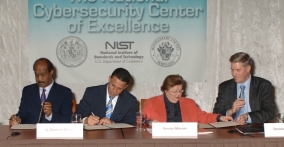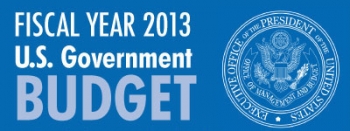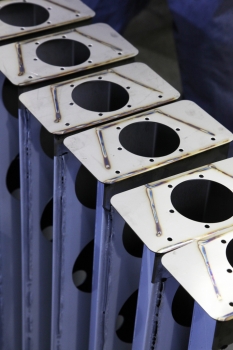Secretary Bryson Meets with Advanced Manufacturing Partnership Steering Committee
Yesterday, U.S. Commerce Secretary John Bryson delivered remarks at a meeting of the Advanced Manufacturing Partnership (AMP) Steering Committee. At yesterday’s meeting, held at the White House, the Steering Committee discussed recommendations targeting issues in manufacturing, focusing on technology development, policy, education and workforce development, and shared facilities and infrastructure.
AMP is a collaboration between industry, academia and government leaders to accelerate the development of the U.S. advanced manufacturing sector and to shape the administration’s Advanced Manufacturing Strategy. AMP is guided by a Steering Committee, which is co-chaired by Andrew Liveris, President, Chairman and CEO of the Dow Chemical Company, and Susan Hockfield, President of the Massachusetts Institute of Technology. Their final report will be reviewed by PCAST, the President’s Council of Advisors on Science and Technology, in April. Though AMP is still at work on the recommendations, several were prioritized for early action and implementation by Secretary Bryson.









